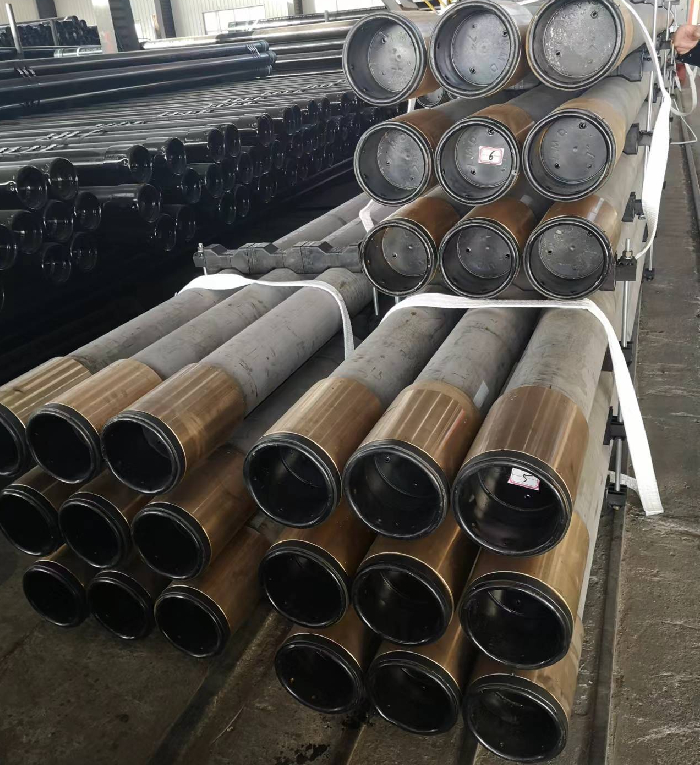- Afrikaans
- Albanian
- Amharic
- Arabic
- Armenian
- Azerbaijani
- Basque
- Belarusian
- Bengali
- Bosnian
- Bulgarian
- Catalan
- Cebuano
- Corsican
- Croatian
- Czech
- Danish
- Dutch
- English
- Esperanto
- Estonian
- Finnish
- French
- Frisian
- Galician
- Georgian
- German
- Greek
- Gujarati
- Haitian Creole
- hausa
- hawaiian
- Hebrew
- Hindi
- Miao
- Hungarian
- Icelandic
- igbo
- Indonesian
- irish
- Italian
- Japanese
- Javanese
- Kannada
- kazakh
- Khmer
- Rwandese
- Korean
- Kurdish
- Kyrgyz
- Lao
- Latin
- Latvian
- Lithuanian
- Luxembourgish
- Macedonian
- Malgashi
- Malay
- Malayalam
- Maltese
- Maori
- Marathi
- Mongolian
- Myanmar
- Nepali
- Norwegian
- Norwegian
- Occitan
- Pashto
- Persian
- Polish
- Portuguese
- Punjabi
- Romanian
- Russian
- Samoan
- Scottish Gaelic
- Serbian
- Sesotho
- Shona
- Sindhi
- Sinhala
- Slovak
- Slovenian
- Somali
- Spanish
- Sundanese
- Swahili
- Swedish
- Tagalog
- Tajik
- Tamil
- Tatar
- Telugu
- Thai
- Turkish
- Turkmen
- Ukrainian
- Urdu
- Uighur
- Uzbek
- Vietnamese
- Welsh
- Bantu
- Yiddish
- Yoruba
- Zulu
casing pup joint
Understanding Casing Pup Joints in Oil and Gas Operations
In the world of oil and gas extraction, the terminology and equipment involved can often seem daunting. One such component that plays a critical role in the production process is the casing pup joint. Understanding what casing pup joints are, their purpose, and how they are utilized within the context of drilling operations is essential for both industry professionals and those looking to gain insight into the oil and gas sector.
What is a Casing Pup Joint?
A casing pup joint is a short length of pipe used in a wellbore, primarily within the casing string. Casing, which is the steel or plastic pipe used to line the borehole, provides structural integrity to the well and prevents the collapse of the surrounding earth. The casing pup joint, being shorter than standard casing lengths, is indispensable when precise measurements and adjustments are needed in the well design.
These pup joints are typically used to bridge gaps between two sections of casing or to extend the reach of the casing string. Their shorter length makes them ideal for fine-tuning the configuration of the casing to ensure proper placement and integrity of the wellbore. In essence, these joints serve as connectors and spacers, allowing operators to optimize the well design.
Importance in Drilling Operations
The role of casing pup joints cannot be understated
. During the drilling phase of well construction, a variety of factors must be considered, including geological formations, pressure, and the potential for fluid migration. Casing pup joints enable engineers and drillers to adapt to these variables effectively. By utilizing pup joints, they can modify the casing string to meet specific operational requirements, such as adding extra strength in high-pressure zones or accommodating unforeseen changes in the geological formation.Moreover, pup joints facilitate the maintenance and repair of wellbores. In situations where sections of the casing may need replacement or enhancement, these connectors can be easily incorporated, thereby minimizing downtime and inefficiencies in the drilling operation. The use of pup joints thus enhances the overall reliability and safety of oil and gas extraction processes.
casing pup joint

Material and Specifications
Casing pup joints are manufactured from high-strength steel to withstand the extreme conditions encountered in oil and gas wells. The specifications of these joints, including their diameter and wall thickness, must be carefully chosen based on the well's unique requirements and the depth to which the casing will extend. Common sizes can range from 2 inches to several inches in diameter, and the joints are typically produced in accordance with industry standards such as API (American Petroleum Institute) specifications.
Additionally, proper sealing mechanisms are essential for pup joints to prevent leaks and ensure a secure connection between sections of casing. Threaded connections, mechanical seals, or welded joints are common methods used to enhance the integrity of these connections.
Challenges and Considerations
Despite their inherent advantages, the use of casing pup joints is not without challenges. Selecting the appropriate type and specifications requires in-depth knowledge of the well conditions and drilling technology. Poorly chosen pup joints can lead to higher failure rates, resulting in costly repairs and potential safety hazards.
Moreover, installation procedures must be followed rigorously to ensure that these joints are fitted correctly and securely. Inadequate installation can lead to leaks that compromise the integrity of the entire wellbore. Hence, proper training and adherence to best practices are paramount in managing the use of casing pup joints effectively.
Conclusion
Casing pup joints play a vital role in the oil and gas industry, providing the flexibility needed to adapt to complex drilling environments. By facilitating precise adjustments within the casing strings, these components enhance the structural integrity of wellbores and improve operational efficiency. As the industry continues to evolve, the importance of understanding and effectively utilizing casing pup joints cannot be overlooked. With the right knowledge and practices, oil and gas professionals can ensure safer, more reliable, and efficient drilling operations, ultimately leading to more successful extraction outcomes.
-
Well Casing Extension Couplings – Applications and InstallationNewsJun.06,2025
-
Types of Crossover Subs in Drilling & CompletionNewsJun.06,2025
-
Key Features of High-Quality Tubing Pup JointsNewsJun.06,2025
-
Installation and Maintenance Tips for Steel Couplings for PipeNewsJun.06,2025
-
How to Select the Right Pup Joint for Oil & Gas OperationsNewsJun.06,2025
-
Applications of Stainless Steel Pipe CouplingsNewsJun.06,2025







